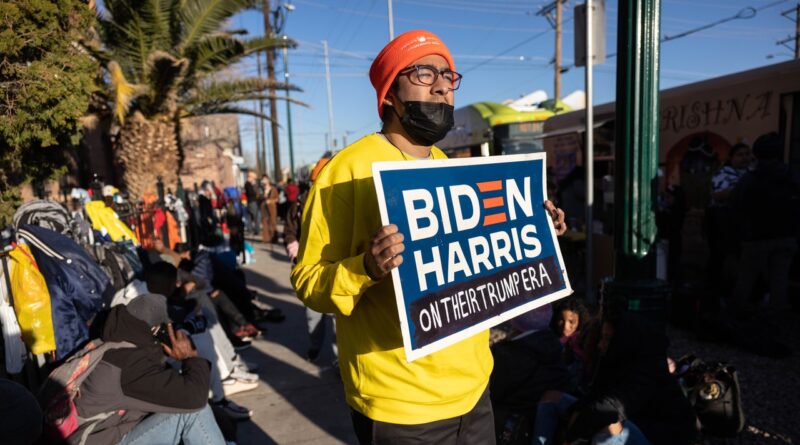Biden’s New Immigration Policy Criticized As Trump-Era Tactic
On January 8, President Joe Biden went on his first trip to the U.S.-Mexico border during his current term, reacting to what media like CNN are calling “record migrant surges” during a stop in El Paso, TX. Just days before, in a Thursday address, Biden announced an expansion of Trump-era immigration policy – specifically stemming from Title 42, which has been used to quickly expel migrants – and stopping migrants from claiming asylum at the border if they haven’t attempted to secure asylum from a third nation.
Biden’s plan denies migrants from Cuba, Nicaragua, Venezuela, and Haiti the right to apply for asylum if they cross the border without authorization, and will be forced to return to Mexico. Instead, Biden said, “Do not just show up at the border. Stay where you are and apply legally from there.” The use of Title 42, which was nominally a COVID-response policy, was set to end last year until the Supreme Court blocked lifting the policy at the end of December. During the Trump administration, it was used to deport half a million people; under Biden, over 2 million people have been deported under Title 42.
Twitter content
This content can also be viewed on the site it originates from.
Biden shared the blame for his decision with Congress, which spent the first week of 2023 subject to memes and jeers over a dragged-out fight for Speaker of the House. “Until Congress passes the funds, a comprehensive immigration plan to fix the system completely, my administration is going to work to make things at the border better using the tools that we have,” Biden said in his remarks.
Some members of Congress, like Rep. Cori Bush (D-MO), were critical of the decision. “Title 42 is no longer just a Trump-era policy. This harmful, anti-Black and brown policy is now an official position of the Biden administration,” tweeted Bush. “This announcement is unconscionable and will result in the continuation of life-threatening harm to vulnerable migrant communities.”





